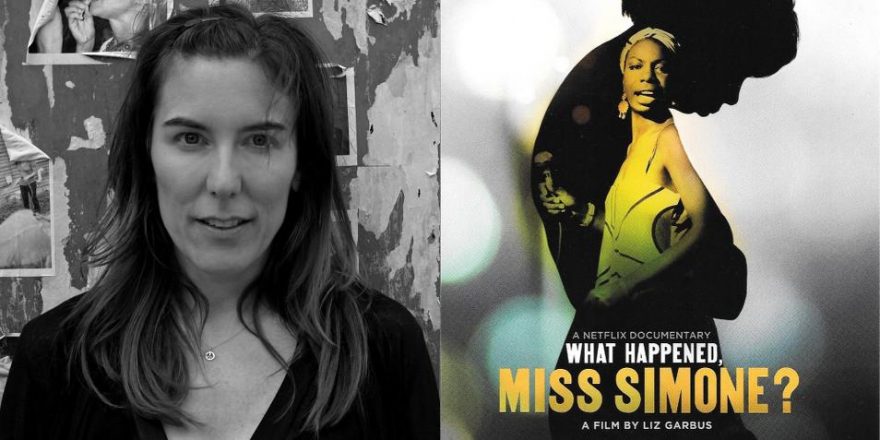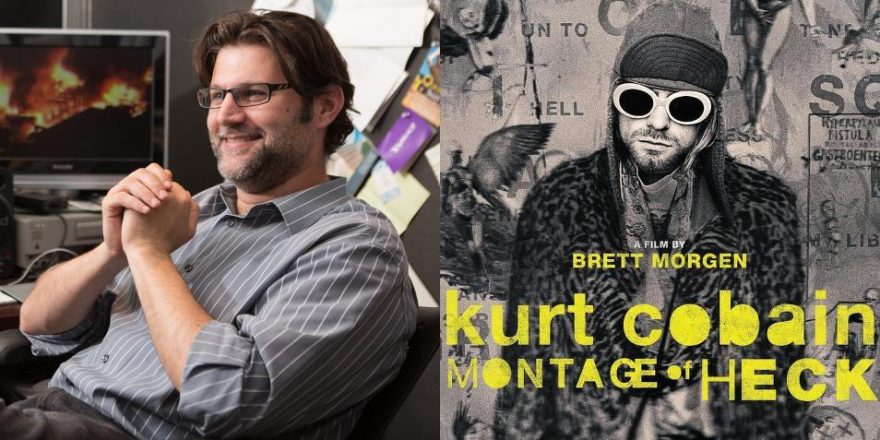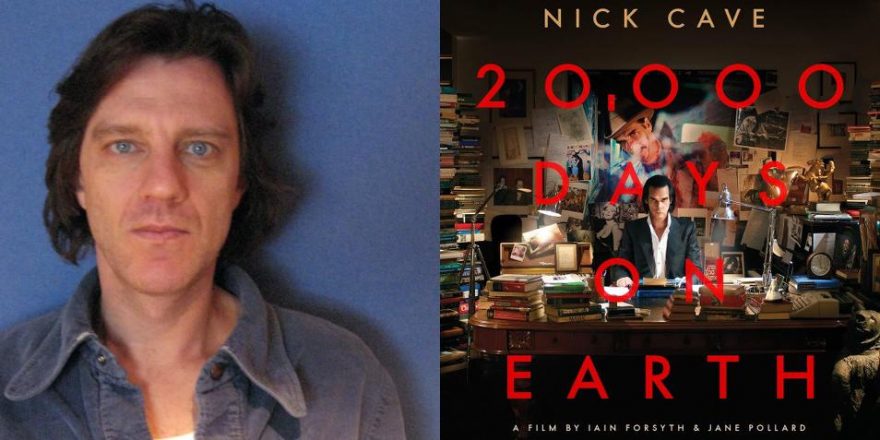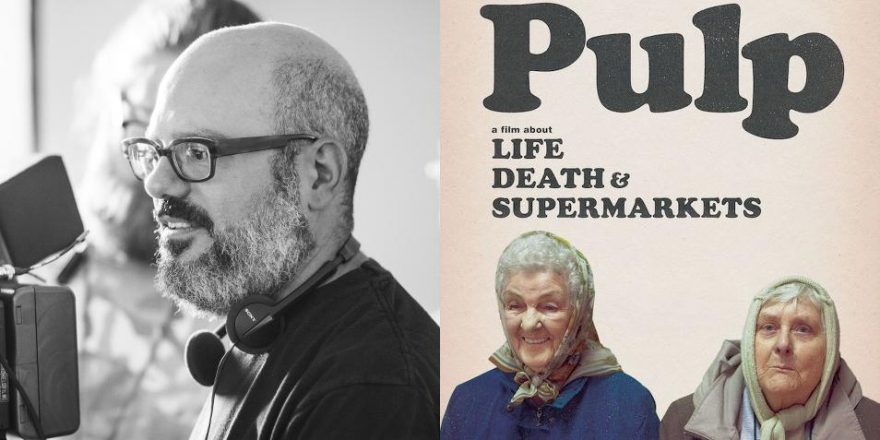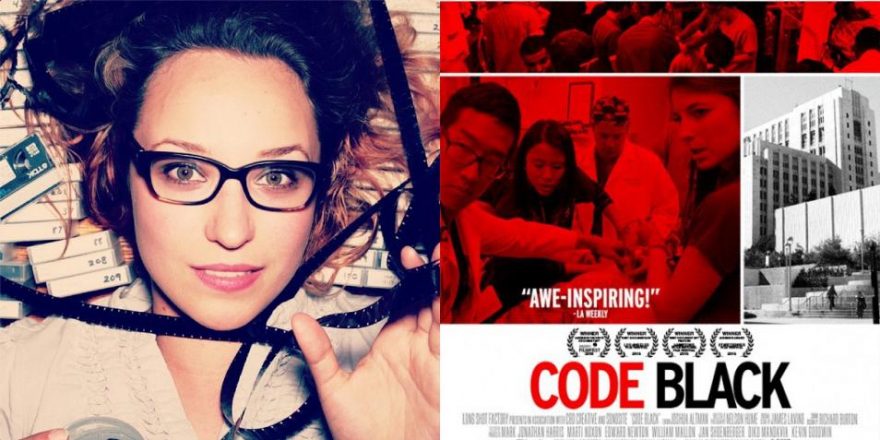Inside I’m screaming, “Someone help me,” but the sound isn’t audible – like screaming without a voice.
– Nina Simone
When I first heard Nina Simone as a teenager, I didn’t know it. It was a cover of the Bee Gees’ song “To Love Somebody.” Before that, I’d heard the version by Janis Joplin, who covered the song not because the Bee Gees wrote it, but because Nina Simone sang it with such grace and beauty. As I heard Simone’s version of this song, I was seduced by her pain and struggle, all evident in her voice and the cadence of her piano playing. But that was barely scratching the surface of what I would grow to love in Simone’s catalogue of transcendent music. Over the years, I romanticized her name and sought out her music whenever I went through a deep, tragic experience. Maybe it’s a cliché, but it seemed the spell she put on me was of another world, where art inspires love, decadence, pain, heartbreak and magic.
Somehow, I was caught completely by surprise when the news broke of Nina Simone’s death in 2003. The fact that she’d left America and disappeared didn’t surprise me, but I had just assumed that she, like so many others before her, had died young and heartbroken with a needle in her arm. With blues singers, we often develop our own false ideas about their lives…Through my love of “Sinnerman,” “I Loves You, Porgy,” “Wild is the Wind” and “I Put a Spell on You,” I interpreted Nina Simone as a tortured blues artist who lived fast and died young. This trite and tragic narrative, which exists among many of Simone’s fans, has only truly been dispelled by the powerful depiction of her life in Liz Garbus’ new documentary.
That movie, What Happened, Miss Simone?, miraculously has the same effect as her songs. It silently creeps up on you until you find yourself traveling in Nina’s world, one of a different time.
At the end of my second screening of What Happened, Miss Simone?, I found myself saddened by the notion that Hollywood will undoubtedly attempt to make this film as a narrative feature. Such is always the case with a masterfully executed documentary. But this idea struck me as wrong and somehow unfair to Miss Simone, who stars as herself and seems to be telling, posthumously, the story she wants to tell, through Garbus’ lens. What Happened, Miss Simone? is a quiet film that draws you in immediately and keeps you fascinated the entire time.
The opening scene is effortless and pointed. Simone plays at a jazz festival in Montreux, Switzerland, after a long hiatus from performing. We’re essentially brought into her living room as she intimately speaks to the audience. Her command of the stage and her fans (she tells one of them to shut up!) becomes a mission statement for the film: Pay attention – this is important! And it is. Opening the film with Simone in 16 x 9 is testament enough to seeing certain movies in the cinema, instead of on your laptop.
Garbus clearly identified the voice of Simone as she was making this film. The story is rich with multi-layered meaning, but always feels simply structured and clearly envisioned in its narrative – though I must emphasize that telling a simple story when sifting through hundreds of hours of archive footage is often the most difficult story to tell. Simone’s life (which spanned seventy years) feels thorough and sweeping even within just a two-hour running time. The film complements the legacy and offers great insight into the rich life of Nina Simone.
The film’s ultimate success, however, can be found in our inevitable emotional reaction as viewers, rather than our thoughts. This is achieved by juxtaposing the rich social and political history with Simone’s painfully fervent journey. Watching how she spoke honestly in public about her pains and tribulations, it’s as if she was crying for help – with no one to answer her cries. This personal commentary, combined with the few select talking heads, offers a grand discussion about race, inequality, mental illness, domestic abuse, and fame. As Simone’s niece says at the end of the film: “The world wasn’t ready for Nina Simone back then.” But today, this film allows us to understand some of the plight of African Americans in the U.S. It speaks volumes about the racial discussion in 1940s America that Nina was afraid of performing a song in a church where African Americans were forced to sit in the back of the nave. This image tells us everything we want and need to know in one powerful cinematic frame that, though recreated, never feels like anything but authentic recorded history.
Garbus shoots her interviews with a poetry that is both inviting and poignant. Simone’s daughter, Lisa, sits in a movie theater musing about her personal memories of the abusive parents who raised and abandoned her, but whose brilliance also inspired her. The setting subtly tells us that Lisa was an observer, just as we are now, and she is thus instantly aligned with us. The film’s focus stays on Simone, even when her loved ones are talking about their experiences, and Simone’s music, lyrics and journals are used unflinchingly throughout to tell the story of her pain. Simone has a face that is honest, with eyes wide open as she cries out in song.
In order to tell the most pertinent stories, both personal and political, and their impact on Simone, the film intercuts between performances and events – making connections between her life and her art. Garbus allowed archival material to tell the story first and then chose to fill in the perspective second. Every choice in the film feels very deliberate, showing how meticulous the director was with her point of view.
A powerful woman telling the story of another powerful woman is as necessary a narrative as that of What Happened, Miss Simone? itself. The discussion of the challenges facing female filmmakers has been ubiquitous of late, and this film proves that, as women, we need to tell our own stories. Garbus here captures a rare and complex female perspective: Simone in the film is real and flawed, as she was.
This film is not just a great music doc, it’s a testament to Simone’s importance in the ongoing race conversation in America. She was a brilliant and tortured poet who turned her harsh reality into music that is still resonant more than ten years after her death, and more than forty years after she shook the world as a preacher, through her songs, and through the anger and agony that justifiably came from being a black woman in America. What Happened, Miss Simone? shows that through a personal journey and a piece of art, we can learn more than what we see and hear in the news.



